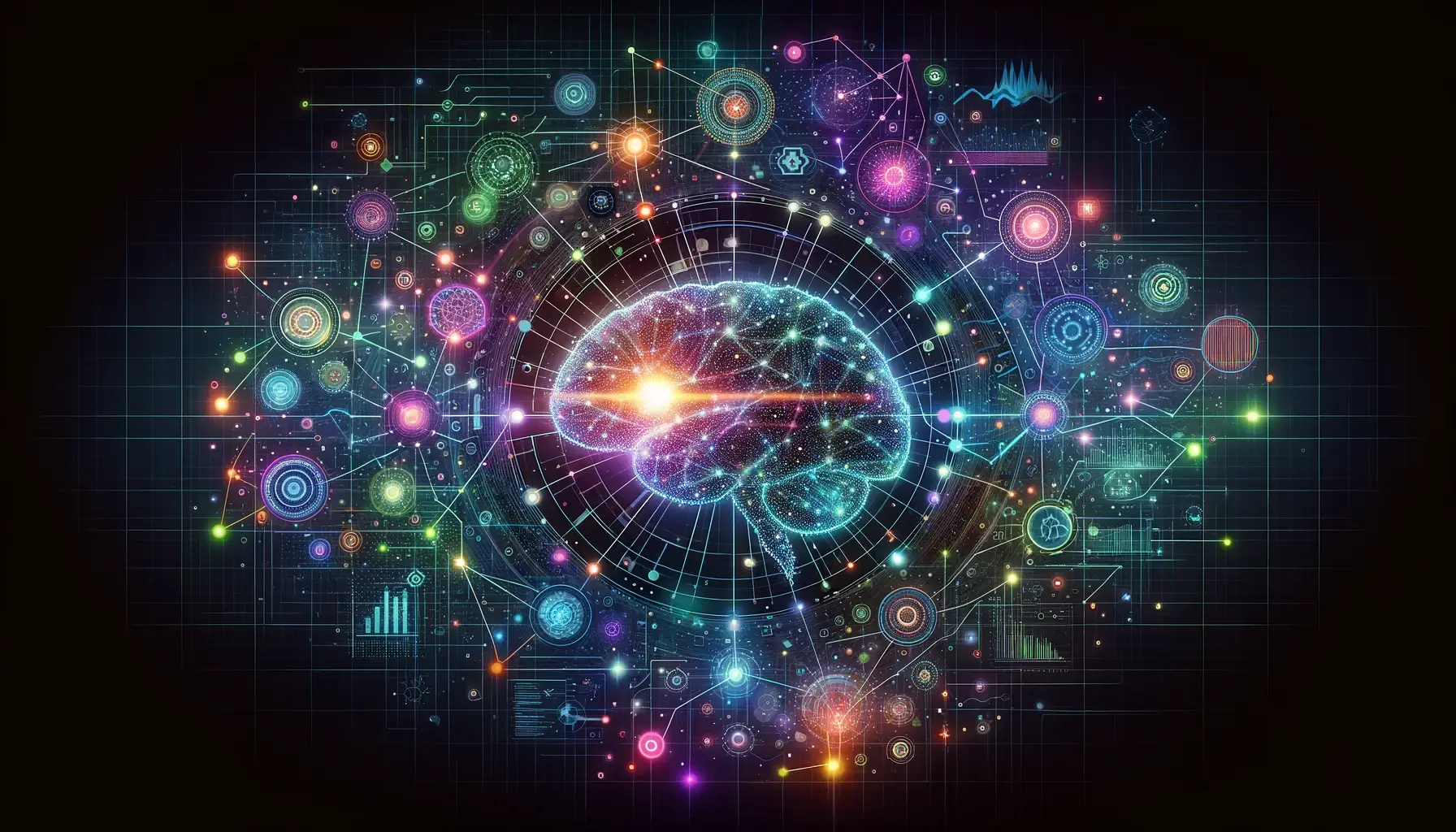Artificial Intelligence (AI) has become a pivotal force in driving technological advancements and solving complex problems across various domains. At the heart of AI’s revolutionary capabilities lies a solid foundation of mathematics, which provides the framework for designing algorithms that enable machines to learn, reason, and make decisions. This blog post delves into the essential mathematical concepts underpinning AI, highlighting their importance in developing intelligent systems.
The Role of Mathematics in AI
Mathematics is the language of AI. It allows us to formalize AI problems, conceptualize algorithms, and measure their efficiency and accuracy. Understanding the mathematical principles behind AI is crucial for anyone looking to delve into AI development, as it equips them with the tools to innovate and optimize AI algorithms.
Key Mathematical Concepts in AI
1. Linear Algebra
Linear algebra is fundamental to AI and machine learning, especially in areas like natural language processing, computer vision, and deep learning. It deals with vectors, matrices, and linear transformations, which are critical for data representation, optimization problems, and neural network operations.
2. Calculus
Calculus, particularly differential calculus, plays a vital role in optimizing AI algorithms. It helps in understanding the changes in algorithms’ behavior and is essential for backpropagation in neural networks, enabling machines to learn from their errors and improve over time.
3. Probability and Statistics
Probability and statistics are at the core of making predictions and decisions under uncertainty in AI. These concepts are used to infer patterns, make predictions based on data, and evaluate the performance of AI models. Understanding probability distributions, statistical tests, and Bayesian thinking is crucial for AI.
4. Discrete Mathematics
Discrete mathematics, including graph theory and combinatorics, is essential for structuring data, modeling relationships, and solving optimization and scheduling problems. It’s particularly useful in algorithm design and complexity analysis in AI.
5. Optimization
Optimization techniques are used to improve the efficiency of AI algorithms and models. Understanding optimization methods allows developers to fine-tune algorithms to achieve the best performance, whether it’s minimizing error rates in machine learning models or maximizing efficiency in operations research.
Applications of Mathematics in AI
The applications of these mathematical principles span the entirety of AI technologies:
- Machine Learning: Uses statistics and probability to create models that learn and improve from data.
- Deep Learning: Relies on linear algebra and calculus for the functioning of neural networks.
- Natural Language Processing (NLP): Employs discrete mathematics and probability to process and analyze human language.
- Computer Vision: Utilizes linear algebra and calculus for image recognition and processing.
- Robotics: Applies principles of optimization and linear algebra to navigate and perform tasks.
Bridging the Gap: Mathematics and AI Education
For aspiring AI professionals, a solid grasp of these mathematical concepts is indispensable. Education in mathematics for AI not only empowers developers to design and implement more effective AI solutions but also fosters innovation in creating algorithms that can tackle new and unforeseen challenges.
Conclusion
Mathematics is not just a tool but the very foundation upon which AI is built. The symbiotic relationship between mathematics and AI drives the continuous improvement and expansion of intelligent systems. As we push the boundaries of what AI can achieve, the role of mathematics in shaping the future of technology and society will only grow in importance. Embracing and understanding the mathematics behind AI is essential for anyone looking to contribute to this dynamic and rapidly evolving field.

